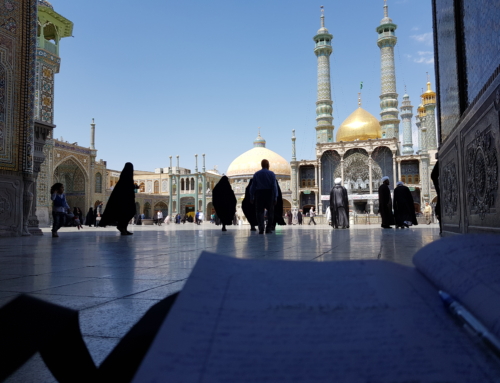Do we have to pay zakat on gold or silver at home? And if so how much? What if it has been made in to jewellery?
There are ten things we must pay zakat for. Of those ten (unless you are a farmer and have cattle or certain plant products), we only need to be concerned with three: Gold, Silver and Business goods. Gold and silver are covered here.
A number of issues needs to be firstly resolved in answering these questions.
What is zakat payable on?
- Zakat is gold and silver is only payable if minted and if they are legal tender generally accepted as currency in business, even if they are defaced but accepted as currency (for example a damaged gold coin), zakat is still obligatory.
- If it is minted but not accepted as currency prevalently, then no zakat is payable.
- If they are minted and usable as currency, but have been made in to jewellery, then based on obligatory precaution, zakat should be paid.
- Both gold and silver need to reach a threshold before zakat is payable.
- You must own that threshold for an entire eleven months. If during that period the amount owned drops below the threshold, no zakat is payable.
- Even if you exchange them during the eleven months for something else, or melt them, then no zakat is payable. Unless you do o in order to escape paying the tax!! Then based on obligatory precaution, zakat must be paid.
- The above item won’t count if you melt the gold or silver in the 12th month!
- If the gold or silver is an alloy (mixed with other metals) but still considered to be gold or silver, zakat is still payable.
- Zakat is payable annually as long as the above conditions are met, as well as the general conditions for the obligation to pay zakat (ie being sane, being of age, the items belong to the person, etc)
How much zakat is payable?
2.5%.
What is the threshold?
The threshold for gold is:
First bracket is 69.12-70.2 grams of gold. This is equal to 20 “mithqal”, a measuring unit. Pay 2.5% zakat. The lower of the two values are taken from Syed Sistani’s website the higher is taken from “Islamic Laws: Volume one translated by Mohammed Ali Ismail“.
Then for every 13.824-14.04 grams in addition to the first bracket, pay for the full amount up until that threshold. This additional amount is equal to 4 “mithqal”.
That means you only pay for the first bracket if we have 10 grams over and above the first bracket. Below is a table to simplify this based on the lower estimates of how much one mithqal is, cited from Syed Sistani’s website:
| Weight in minted Gold | Value in Mithqals | Zakat payable |
| less than 69.12 grams | less than 20 | 0 |
| 69.12 to less than 82.944 grams | 20 to <24 | 2.5% of 69.12 grams |
| 82.944 to less than 96.768 grams | 24 to <28 | 2.5% of 82.944 grams |
| 96.768 to less than 110.592 grams | 28 to <32 | 2.5% of 96.768 grams |
and so on.
For silver, the threshold is:
First bracket is 105 mithqals, or 483.88 grams to 491.4 grams.
Then, the additional bracket is 21 mithqals, or every 96.768-98.28 grams.
In Summary: Only gold or silver that is minted and tradable as currency has obligatory zakat on it. There are thresholds that must be reached before the tax is payable, followed by secondary incremental thresholds. Zakat is not payable on jewellery that is not usually used to trade goods with in the economy.






